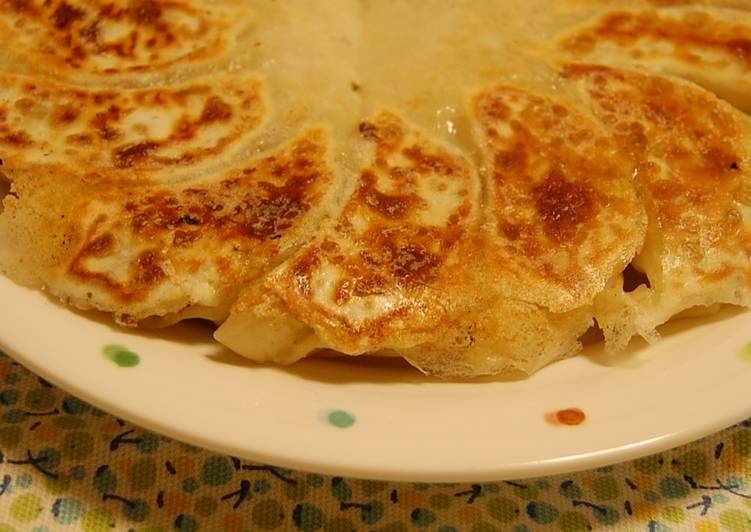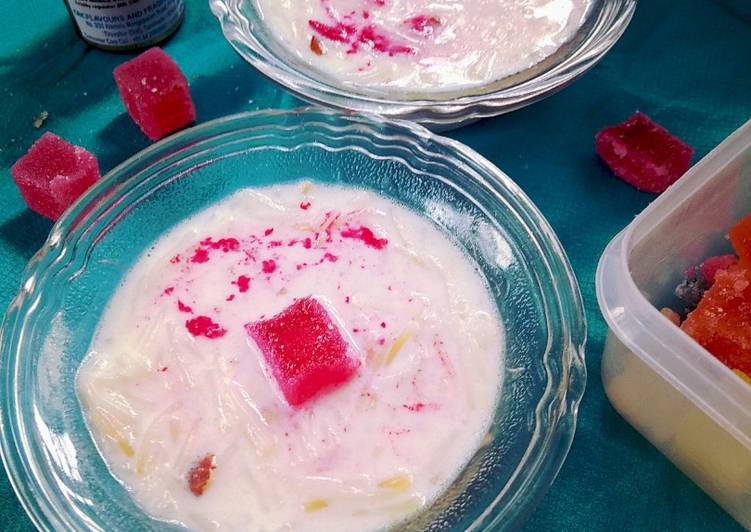
Hello everybody, hope you are having an amazing day today. Today, I’m gonna show you how to prepare a special dish, healthy macrobiotic vegetable gyoza. It is one of my favorites. This time, I will make it a little bit tasty. This is gonna smell and look delicious.
A macrobiotic diet (or macrobiotics) is a fad diet based on ideas about types of food drawn from Zen Buddhism. The diet attempts to balance the supposed yin and yang elements of food and cookware. Vegetable gyoza, also known as Japanese vegetable pot stickers, are a popular side dish at many Japanese restaurants.
Healthy Macrobiotic Vegetable Gyoza is one of the most favored of current trending foods in the world. It’s easy, it’s fast, it tastes yummy. It is enjoyed by millions daily. They are nice and they look wonderful. Healthy Macrobiotic Vegetable Gyoza is something which I’ve loved my whole life.
To get started with this particular recipe, we have to first prepare a few components. You can cook healthy macrobiotic vegetable gyoza using 13 ingredients and 8 steps. Here is how you cook it.
The ingredients needed to make Healthy Macrobiotic Vegetable Gyoza:
- Take 30 Gyoza wrappers
- Get 2 Koya-dofu (freeze-dried tofu)
- Take 5 leaves Cabbage
- Get 1 knob Ginger
- Take 15 cm Green onions or scallions
- Take 1 Spring onions or scallions
- Get 70 grams Maitake mushrooms
- Get 1 large, King oyster mushroom
- Make ready 1 tbsp ●Soy sauce
- Make ready 2 tbsp ●Sesame oil
- Get 1 tsp ●Beet sugar
- Take 1 tsp ●Vegetarian Chinese stock powder (optional)
- Get 1 tsp at a time ★Plain flour (dissolved in water) to finish pan frying
Gently tap the bottom of the gyoza on a work surface to flatten. Repeat this process with the remaining wrappers and cabbage mixture. Leafy greens are macrobiotic vegetables that are strongly recommended (except spinach which is very yin and should be occasionally consumed). I like learning and reading about macrobiotics, a way of life, to eat healthy and nutritious foods.
Steps to make Healthy Macrobiotic Vegetable Gyoza:
- Soak the koya-dofu in water to rehydrate. Put the cabbage into a food processor to chop. Transfer the chopped cabbage into a bowl. Sprinkle with salt (not listed in the ingredients) and leave to sit for 20 minutes. Squeeze out the water from the cabbage.
- Pulse the koya-dofu in your food processor, transfer to a separate bowl, and set aside.
- Put the green onions, spring onions, king oyster mushroom, and maitake mushrooms into a food processor and chop finely. Grate the ginger.
- Combine the ingredients from Steps 1, 2, and 3 with ● seasonings in a bowl and mix well. Wrap the mixture with gyoza pastries and pan fry.
- [Tips for frying:] Heat some sesame oil (not listed in the ingredients) and arrange the gyoza in circle. Fry over medium heat for 4 to 5 minutes. Agitate the frying pan occasionally.
- After the bottom of the gyoza has browned, drizzle over a slurry of 50-60 ml water and 1 teaspoon ★ plain flour. Cover with a lid and reduce the heat to low. Continue to fry for about 3 minutes.
- Uncover the lid and turn the heat to high. Evaporate the water and cook until crispy. The gyoza with crispy bits are done.
- This packet of Chinese stock powder is vegetarian, but if you can't find it, simply omit it.
Eating healthy helps to keep our bodies healthy but it. Gyoza are crescent-shaped Japanese dumplings (sometimes called pot stickers) that can be steamed or pan-fried and are usually served as an appetizer. Here, they are stir-fried with frozen edamame succotash and topped with a black bean sauce for a spicy main dish. People who follow the macrobiotic diet generally use unrefined vegetable oil for cooking and dark sesame oil for flavoring. The diet also allows light It's rich in fiber and healthy, nutritious foods like whole grains and vegetables.
So that is going to wrap this up for this special food healthy macrobiotic vegetable gyoza recipe. Thank you very much for reading. I am sure you can make this at home. There is gonna be interesting food in home recipes coming up. Remember to save this page in your browser, and share it to your loved ones, friends and colleague. Thank you for reading. Go on get cooking!

